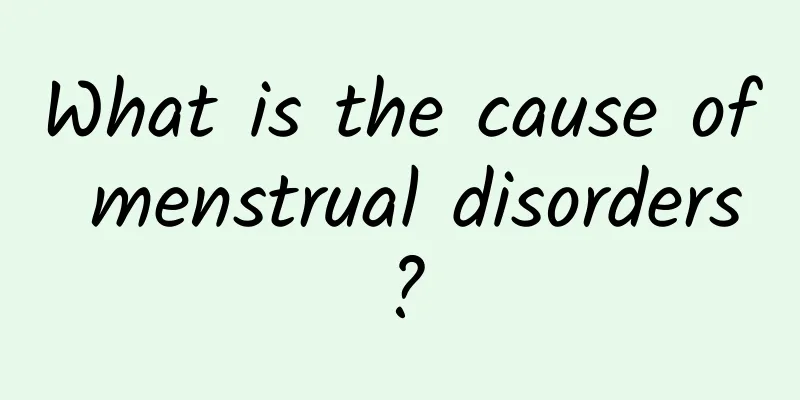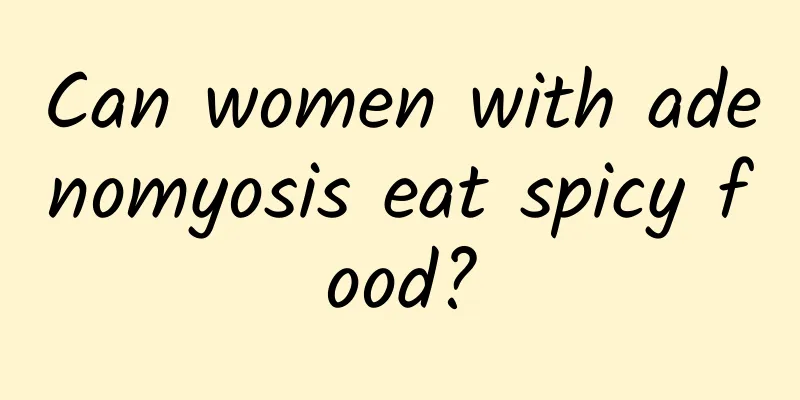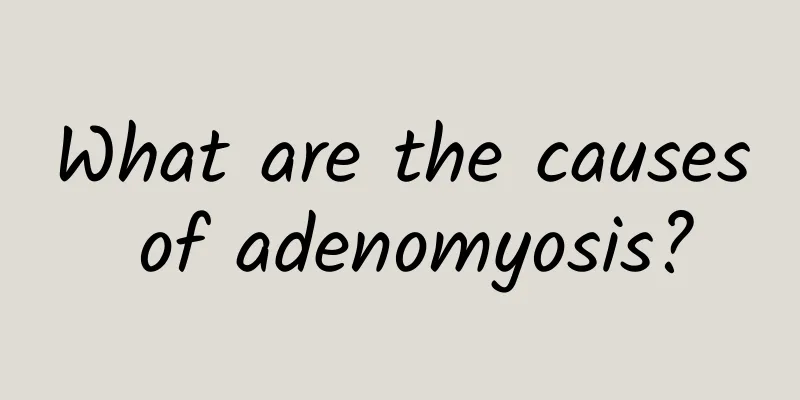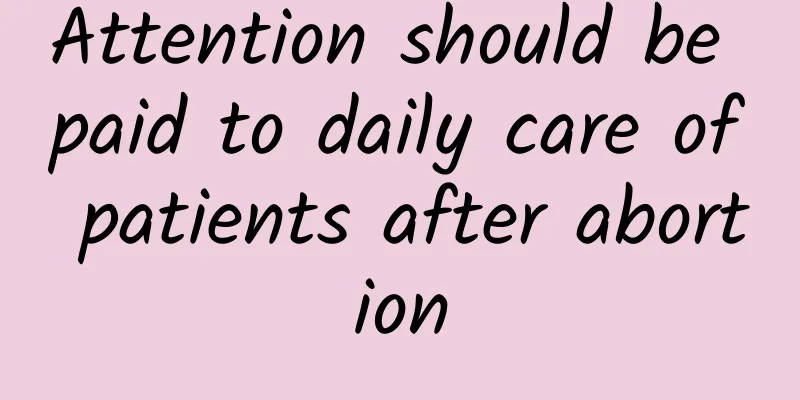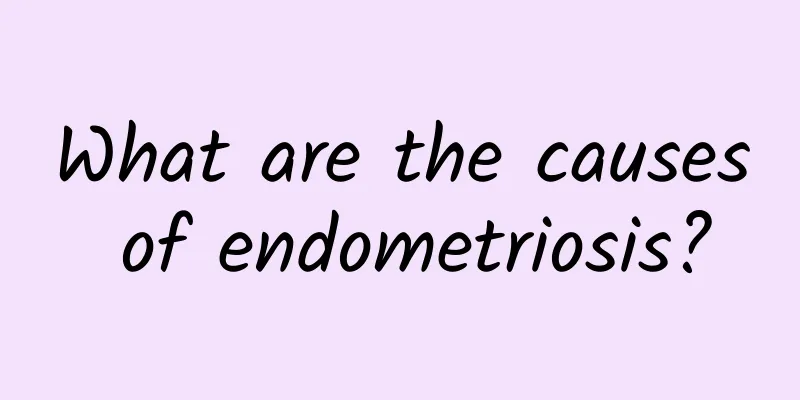Shrimp destroyed? Three major mistakes were made: eating vegetables makes you fatter than eating meat!
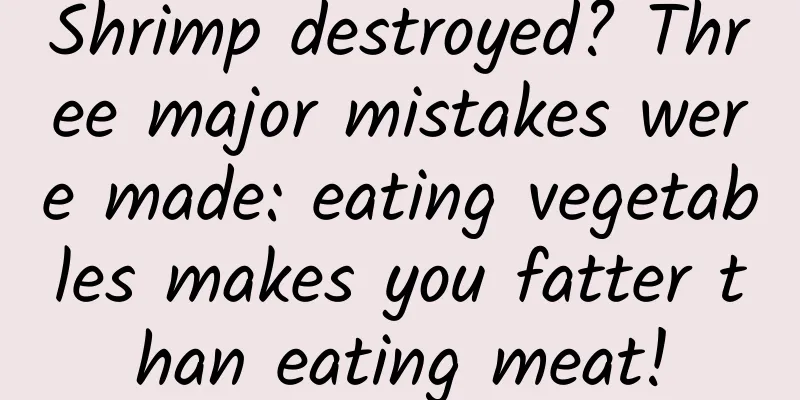
|
[Key Points]: When it comes to successful weight loss, in addition to a balanced diet, you must consume more vegetables and increase dietary fiber. However, is it true that you won’t gain weight by eating a lot of vegetables? Have you heard that eating the wrong vegetables can make you fatter than eating meat? Nutritionist Huang Pinxuan from New Nutrition Food reminds us that there are 3 common misconceptions about vegetables that should be avoided. Don’t let the tragedy of getting fatter by eating more vegetables happen again and again! Mistake 1: Eating vegetables as a staple food Tip: There are some foods that are often mistaken for vegetables. In fact, they are whole grains and root vegetables with high starch content. For example, pumpkin, taro, yam, etc. have high starch content. Do not eat too much of them, or even eat them as a substitute for your daily staple rice, as that would be no different from eating the staple food. Are pumpkin, taro, yam, etc. really vegetables? Plants such as pumpkin, taro, and yam are often mistaken for vegetables, but the classification of whole grains and root vegetables is actually based on the amount of carbohydrates they contain. According to the food exchange table, a serving of whole grains and root vegetables, such as 1/4 bowl of white rice, contains a total of 15g of carbohydrates, while a serving of vegetables contains only 5g of carbohydrates. Because their carbohydrates, or starch, content is higher than that of common vegetables, they are classified as whole grains and root vegetables. The following is a comparison table of common starchy foods that are easily mistaken for vegetables and the portion size of a bowl of white rice: Red beans, mung beans, flower beans, etc. are often considered to be green vegetables because they all have the word "bean" in their name like green beans and snow peas. Are red beans and mung beans also vegetables? Common beans include red beans, mung beans, and pinto beans. Because they have the word "bean" in their name just like green beans and snow peas, they are often considered to be green vegetables. But in fact, they contain more starch than ordinary vegetables. After being cooked, the calories in a bowl of them are actually equivalent to a bowl of white rice. Therefore, when choosing side dishes for lunch boxes, you should pay special attention to this type of side dishes. If you choose dishes with high starch content such as steamed pumpkin and fried corn cubes, or after-meal soup such as red bean soup, mung bean soup, sweet potato soup, etc., remember to reduce the amount of staple food. Mistake 2: Cooking vegetables the wrong way Tip: Not all vegetables can be eaten raw after washing. Like eating salad, most vegetables must be cooked. The process requires adding oil, salt and other seasonings. If fried or deep-fried, the calories will double. Taiwanese people are used to eating hot food, so vegetables are often cooked instead of being eaten raw like in Western countries. When cooking, such as stir-frying, frying, or deep-frying, more oil, salt, sugar, and other seasonings are added during the process. Or even stewing, because starch is added to thicken the food, the oil and seasonings added to the seasoning are more likely to adhere to the food. This will double the calories of vegetables after cooking. Vegetables are divided into three categories according to the amount of oil used: Many people like to blend vegetables and fruits into juice and drink it, but why do they end up getting fatter the more they drink? Mistake 3: Drinking fruit and vegetable juice instead of eating fruits and vegetables Tip: In order to save time, or thinking that they can eat a variety of fruits and vegetables at one time, many people like to blend vegetables and fruits together into juice to drink. But why do they end up getting fatter the more they drink? It turns out that drinking fruit and vegetable juice does not equal eating fruits and vegetables. Nutritionist Huang Pinxuan said that people are busy with work nowadays, and many people choose to drink vegetable juice, thinking that it can quickly replenish the fiber and nutrition of fruits and vegetables. But in fact, drinking vegetable and fruit juice is not the same as eating fruits and vegetables! Why? This is because many fruit and vegetable juices add a lot of extra sugar in order to cover up the taste of vegetables, earthy flavors or sour fruits, which will make us unknowingly consume too many calories from refined sugar. In addition, some fruit and vegetable juices will filter out the residue for the sake of taste, which is the source of fiber in fruits and vegetables, reducing the effectiveness of vegetables in promoting intestinal health. Therefore, if you want to consume fruits and vegetables, it is recommended to eat them directly. If you still want to drink fruit and vegetable juice, you must be careful not to add extra sugar and do not filter out the fruit and vegetable residues so that you can eat the fiber of the vegetables together, avoiding extra calories and reducing fiber intake. |
Recommend
What are the ways to prevent Bartholinitis?
The Bartholin's glands are located at the bac...
What medicine should I take for cervical erosion?
Cervical erosion can generally be treated with me...
Chronic inflammation is one of the causes of cervical hypertrophy in women
Clinically, we should pay attention to identifyin...
How to treat cervical erosion
How to treat cervical erosion? Cervical erosion m...
Experts explain how to correctly prevent cervical hypertrophy
In real life, female friends are very likely to s...
The occurrence of uterine fibroids may be related to sex hormones
Uterine fibroids, also known as uterine leiomyoma...
What are the early symptoms of cervical warts
Cervical warts are a relatively serious disease i...
What to do to care for cervical warts
Cervical warts are a very serious disease. Genera...
What kind of exercise is suitable for patients with uterine fibroids? What kind of exercise is good for patients with uterine fibroids?
What kind of exercise is suitable for patients wi...
Early symptoms of ectopic pregnancy that must be prevented
I don't know if you know the early symptoms o...
Dietary Tips for Bacterial Vaginosis
There are many types of gynecological diseases. I...
What are the main clinical manifestations of female cervical hypertrophy?
Do you know the clinical manifestations of female...
What are the symptoms of endometrial tuberculosis during menstruation?
According to clinical data, in recent years, the ...
Night owls are prone to obesity and urticaria! Chinese medicine doctor Huang Huijuan: Drink slimming tea to reduce edema
For night owls, staying up late for a long time w...
How long will acute vaginitis take to heal?
How long will acute vaginitis take to heal? 1. Ac...
